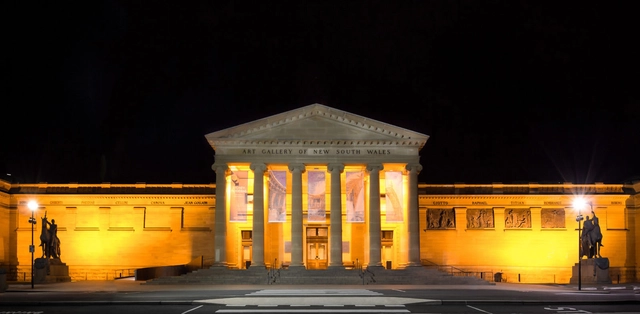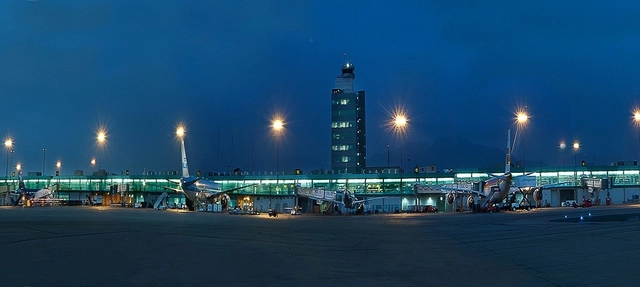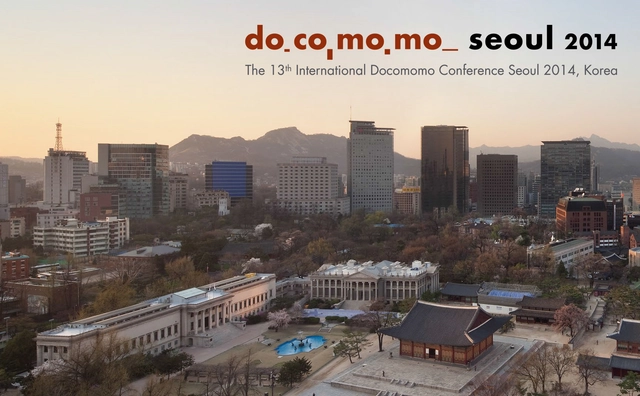
A group of young Finnish architects - Sini Rahikainen, Hannele Cederström, Inka Norros, Kirsti Paloheimo, Maria Kleimola - has won an open competition seeking ideas to "connect and integrate" two Alvar Aalto masterpieces - the Alvar Aalto museum and the Museum of Central Finland in Jyväskylä's Ruusupuisto park. With their entry, "Silmu," the winning team was selected over 689 other entries for creating a sensible proposal that met the competitions main goal - "to adapt to its worthy environment in a balanced way, and to find a natural connection with the architecture of Alvar Aalto."
“The high-end entries stand out from the rest with their clear, striking ideas and formal properties. The best things about Silmu were its atmosphere and the subtle contours. It was also seen as adding an extra, tranquil element between the Alvar Aalto Museum and the Museum of Central Finland, while further increasing the functionality of the outdoor spaces,” says Director of the Alvar Aalto Foundation Tommi Lindh.













